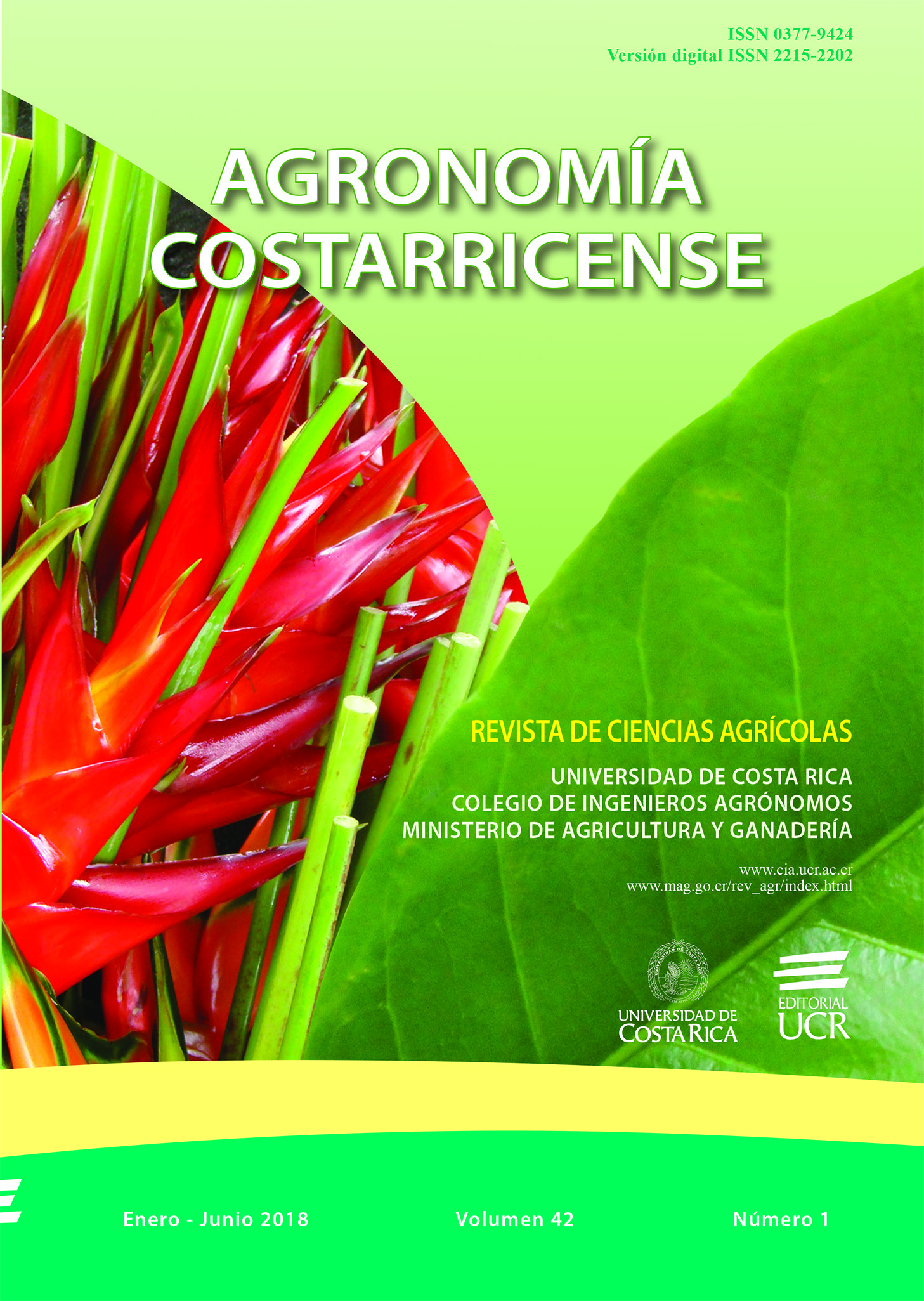Abstract
“Diquís”, shiny red common bean cultivar. Development of cultivars with high yield and adapted to the conditions of small farmers has been carried out in Costa Rica since 1995, through participatory plant breeding, and it´s one of the most economical strategies for facing crop problems. The objective of this work was to describe the process of development of cultivar Diquís (Phaseolus vulgaris) and its main characteristics. The Diquís variety was released in July 17th 2009 in El Aguila, Perez Zeledón, Costa Rica. Its name came from Boruca language, a Costa Rica indigenous group settled in Diquís Valley or Terraba-Sierpe Valley located at South Pacific Coast in Costa Rica. It came from Centro Internacional de Agricultura Tropical (CIAT) in Colombia, and it was originated in 2001 from the cross of SEA 15/MD 23-24//Tío Canela 75/G 21212, and codified as line SER 28. Diquís was evaluated in 28 trials and 32 plots of validation in Costa Rica, from 2003 through 2008. Its potential yield was 1907 kg.ha-1 under experimental conditions and 1467 kg.ha-1 under farmer conditions. It has IIb architecture with short vines, and showed resistance to Bean common mosaic virus (BCMV) (dominant I gene) and Bean golden yellow mosaic virus (BGYMV) (W12 marker). Also, it showed intermediate resistance to the angular leaf spot disease (grade 6). Diquís has small shiny red grains and showed minimal grain discoloration problems (1.3%) under rainy conditions during harvest. It was released in El Águila of Pérez Zeledón, San José, Costa Rica (July 17th, 2009) by the Instituto Nacional de Innovación y Transferencia en Tecnología Agropecuaria (INTA) and the Universidad de Costa Rica (UCR). Because of its characteristics, Diquís was considered a suitable cultivar for different production systems in Costa Rica.
Comments

This work is licensed under a Creative Commons Attribution-NonCommercial-NoDerivatives 4.0 International License.
Copyright (c) 2018 Agronomía Costarricense


